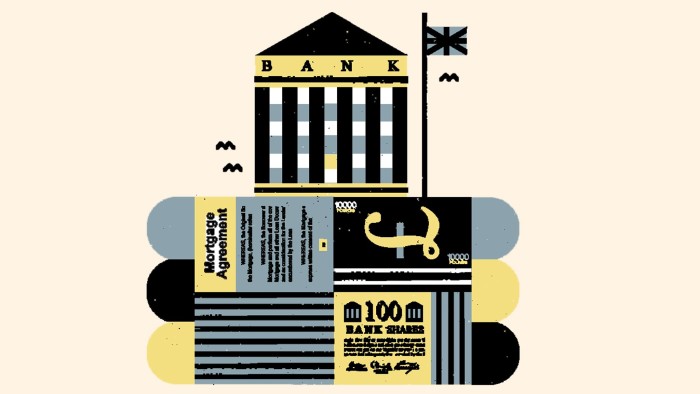Capital – some good news on banking

Roula Khalaf, Editor of the FT, selects her favourite stories in this weekly newsletter.
The banking crisis had many causes, some of which are complex enough to make a quantum physicist’s head spin. But a central cause is simple: banks relied far too much on debt to fund their activities – they used too much leverage. That’s why a new study, quietly released by the Bank for International Settlements almost exactly five years after Lehman Brothers collapsed, makes for encouraging reading. It suggests that attempts to reduce leverage are paying off. The regulators’ medicine is working – and with fewer side-effects than feared.
A highly leveraged bank gets most of its money from debtholders, which is risky because those debts must be repaid on schedule or the bank is bust. A less leveraged bank gets more of its money from shareholders and it is not obliged to pay them anything in particular at any given time. In troubled times, the less leveraged bank is far more resilient.
Despite this, banks resist funding their activities with equity capital rather than debt. No wonder: because highly leveraged banks are at greater risk of collapse, they enjoy a larger implicit “too big to fail” subsidy from the taxpayer. While such implicit subsidies continue to exist (for ever, I suspect), bankers will prefer to fund themselves with risky debt and rely on the taxpayer to provide the free safety net.
For all these reasons, regulators have begun to demand that banks provide their own safety net, in the form of much plumper capital cushions. The banks, however, say that rather than raising more capital, there is a danger that they will shrink to fit the capital they already have, choking off their lending.
Mark Carney, the Bank of England’s new governor, doesn’t seem to buy it. (In a recent speech he declared that “the reality is the opposite”.) Still, the concern that capital requirements might damage business lending prompted the business secretary Vince Cable to grumble about the “capital Taliban” at the Bank of England.
So how have banks actually reacted to demands that they rely less on debt and more on capital? It’s this question that the Bank for International Settlements research addresses. The author, Benjamin Cohen, looks at the actions of more than 80 large global banks between 2009 and 2012.
Cohen finds that they do have thicker capital cushions, as required. So far, so good. There is some evidence of shifting to portfolios with lower risk ratings, which may (or may not) indicate some gaming of the system. But chiefly the increase in capital seems quite genuine.
Equally encouraging, bank lending from these big global players has not, in aggregate, fallen. It is rising less strongly than before the crisis – but that is, perhaps, no bad thing.
How, then, have banks pulled off this trick? It’s not quite as hard as it seems. All banks need to do is make profits (an elusive goal for some, admittedly) and keep the cash rather than paying dividends. When capital cushions are thin, retaining even modest profits quickly thickens those cushions – that’s the happy flipside of risky leverage. Cohen’s research finds that this is exactly what banks have chosen to do.
Is there any bad news to spoil this cheery picture? Pessimists might complain that while bank lending hasn’t fallen, it’s hardly surged either. And banks are charging slightly higher spreads on their loans. Indirectly, then, bank customers are contributing to the recapitalisation. (It’s worth it.)
There are plenty of dangers still lurking in the financial system: “too big to fail” banks are even bigger; regulations are ever more complex, which always brings risks; shadow banking is growing and remains a cause for concern. But let’s notice when something has gone right: regulators demanded well-capitalised banks, and got them. It is a refreshing change.
‘The Undercover Economist Strikes Back’, by Tim Harford, is published by Little, Brown
Comments